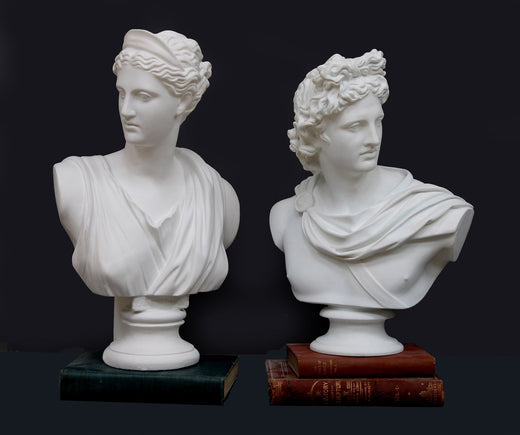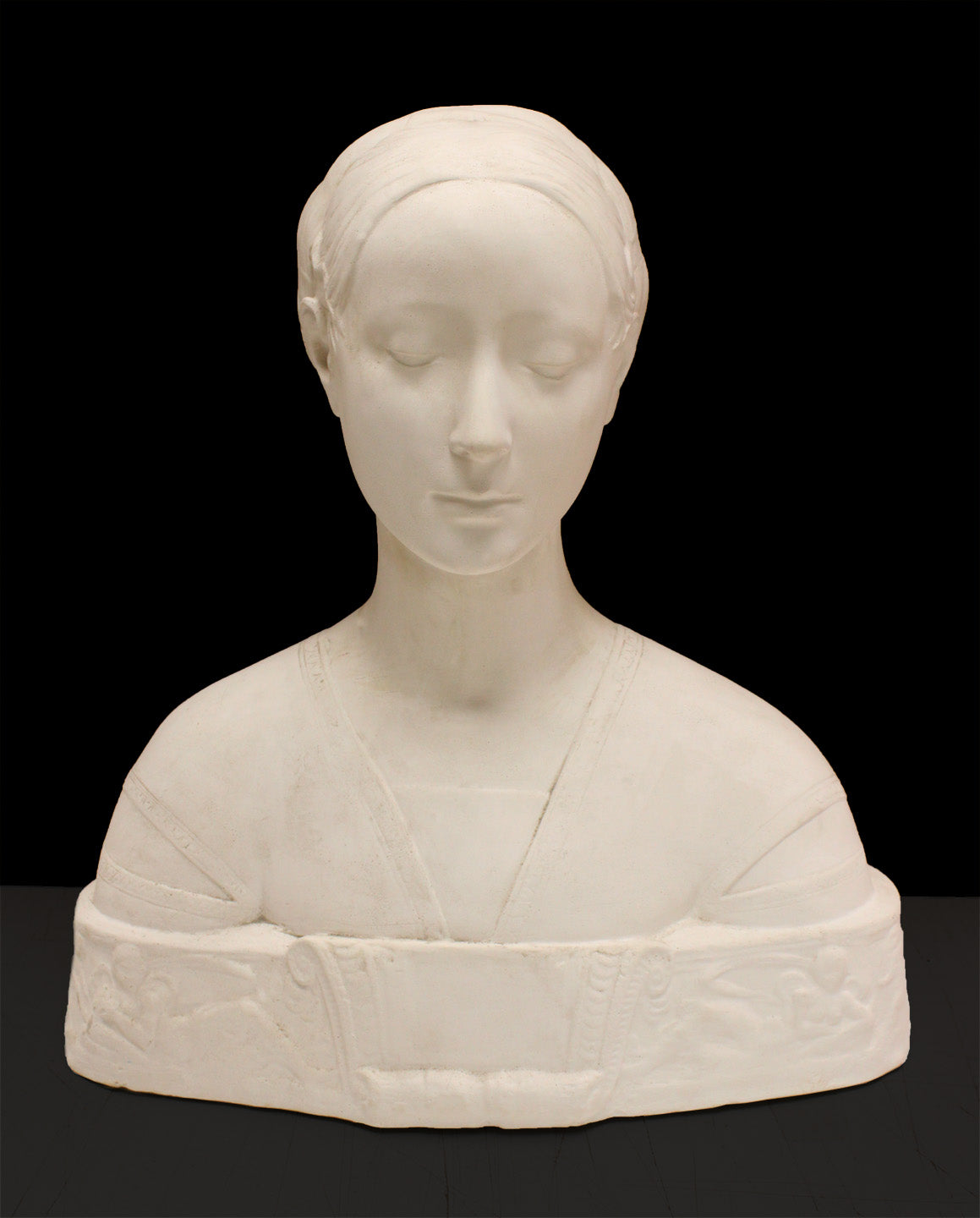Every day our casters dip their hands into a fine white powder, mix it using centuries’ old techniques, and pour, splash, and drip it into our molds. The magic is undeniable—how this amorphous powder, alchemized into a liquid, can take the form of a face, a hand, a finely sculpted animal.
The history of plaster of Paris is long and enduring—it can be traced back to ancient Egypt. In the well-known civilization along the Nile, they used plaster of Paris to make sculptures and to decorate their homes. The Romans also used it to make buildings and to repair damaged objects.
Plaster is made from gypsum, which is a natural mineral that’s found in many parts of the world, including here in America. Gypsum is heated to a high temperature, which causes it to lose water and become powdery. This powdery material is then reunited with water to form plaster of Paris. It’s in this plastic cauldron that we find the forms of many great sculptures that we can share with you.
We wanted to show you some pictures from our workshop, to celebrate the beautiful material of plaster of Paris.
We hope you enjoy these photos,
The Caproni Collection












Want content like this delivered to your inbox? Sign up for our newsletter!

